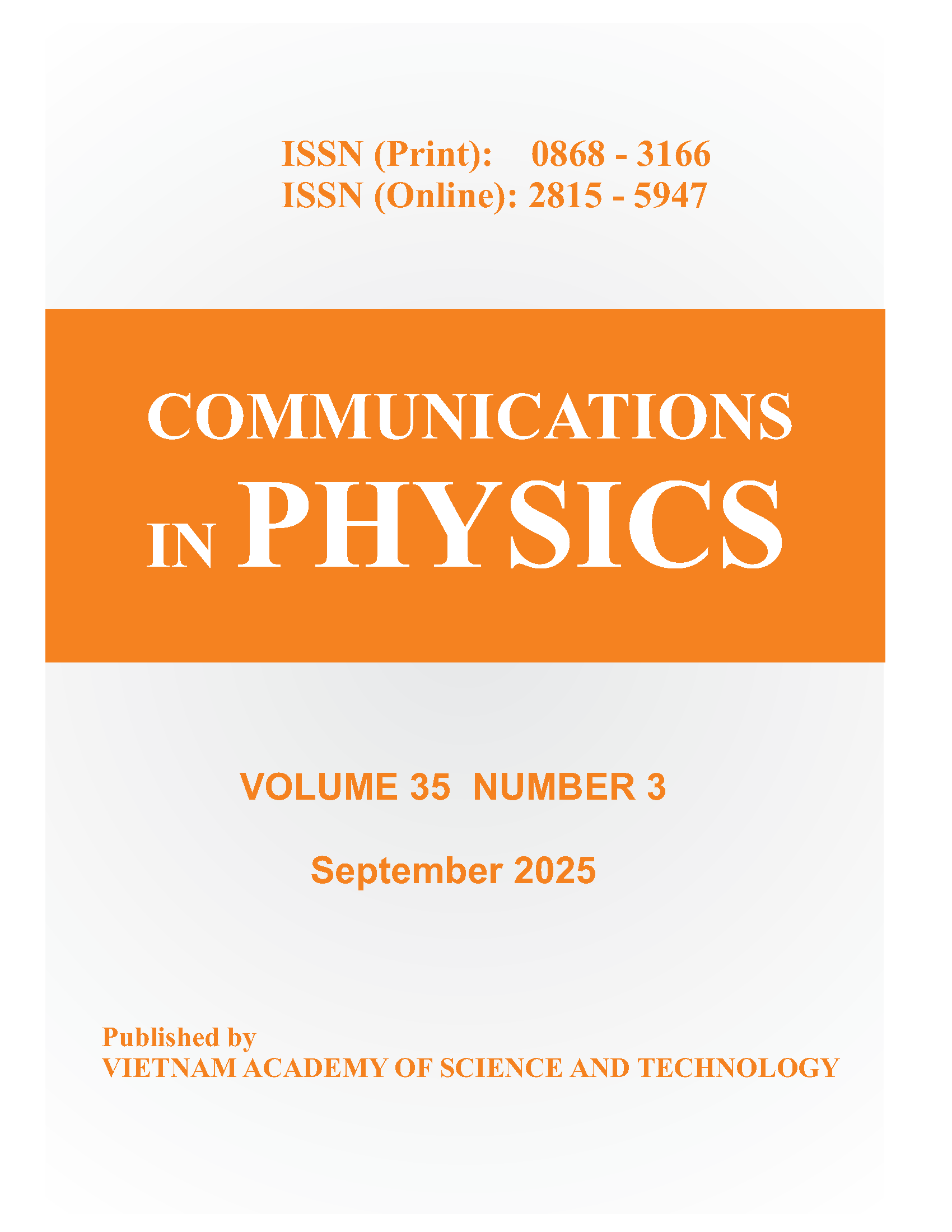A Novel Method of Immobilizing Antigens on Gold Electrode for Immunosensing
Author affiliations
DOI:
https://doi.org/10.15625/0868-3166/25/2/6239Keywords:
antigen immobilization, electrochemical immunosensor, lipoic acid monolayerAbstract
An antigen modified gold electrode based on a self-assembled lipoic acid monolayer has been developed. The contact angle measurement and cyclic voltammetry confirm the formation of a dense self-assembled monolayer on gold from 100 mM lipoic acid in ethanol. The electrochemical behavior shows a stable activity in a range of potential from -0.2 V to 0.65 V vs. Ag/AgCl. By applying a potential of 1 V vs. Ag/AgCl the monolayer is completely removed by oxidative desorption and a clean gold surface re-established. This allows for an easy renewal of the gold surface and recycling of modified immunosensor chips. This lipoic acid monolayer was covalently functionalized with a small molecule antigen synthesized from progesterone-3-(O-carboxymethyl)oxime and 4,7,10-trioxa-1,13 tridecanediamine to form a well ordered, low unspecific binding, antigen layer for an antibody-antigen interaction study.The effectiveness of antigen - antibody binding reaction was demonstrated by fluorescence imaging using a fluorescence-labeled anti-progesterone antibody as the binding partner.The new approach represents a way of improving the surface chemistry of electrochemical, surface-plasmon resonance and QCM-based immunosensors for which reusability, simplicity and sensitivity in flow-injection mode are required.
Downloads
Downloads
Published
How to Cite
Issue
Section
License
Communications in Physics is licensed under a Creative Commons Attribution-ShareAlike 4.0 International License.
Copyright on any research article published in Communications in Physics is retained by the respective author(s), without restrictions. Authors grant VAST Journals System (VJS) a license to publish the article and identify itself as the original publisher. Upon author(s) by giving permission to Communications in Physics either via Communications in Physics portal or other channel to publish their research work in Communications in Physics agrees to all the terms and conditions of https://creativecommons.org/licenses/by-sa/4.0/ License and terms & condition set by VJS.











